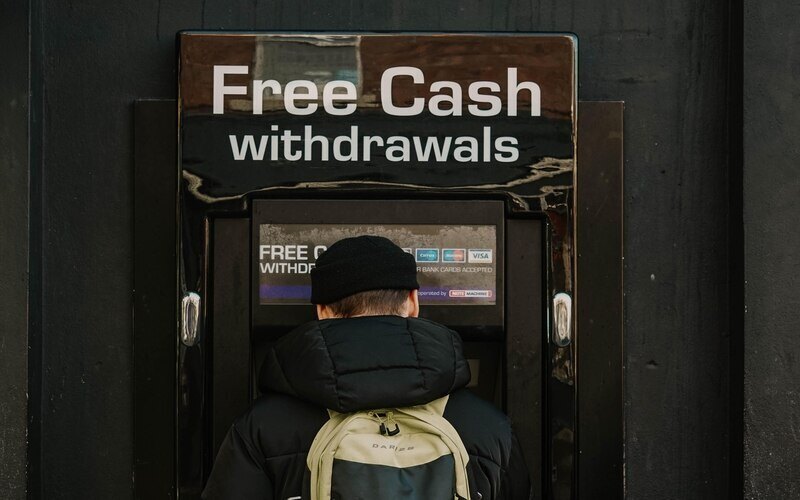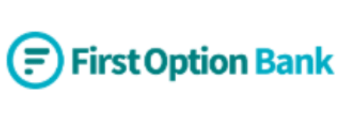The latest GDP data from the Australian Bureau of Statistics (ABS) for the December quarter highlighted a drop in the household net savings rate to 12% of net disposable income, down from 18.7% in the last quarter.
This is still very high considering this savings rate hit an 11-year low of 3% in September 2019, but the fall suggests a return to normal levels is on the cards, considering it almost reached 20% in June 2020.
The significant drop in the savings rate is clearly a signal Australians are beginning to loosen their purse strings again, after squirreling away an extra $200 billion in savings throughout 2020.
“With an additional $200 billion sitting on household and business balance sheets compared to the start of last year there is a huge sum of money available to be spent across the economy helping to create jobs and maintain the momentum of our economic recovery," Treasurer Josh Frydenberg said last year.
Indeed they have been, with eased restrictions leading to a 4.3% increase in household spending over the quarter, although spending is still 2.7% below December 2019's figures.
Spending on cars in particular skyrocketed 31.8%, which is an all-time ABS record high.
“Despite growing at 10.4% for the quarter, household spending in Victoria was 7.2% below its pre-COVID level," ABS Head of National Accounts Michael Smedes said.
"Household spending for the rest of Australia, excluding Victoria, was 1.1% lower than pre-COVID levels."
Still looking for somewhere to stash your cash?The table below features savings accounts with some of the highest interest rates on the market.
| Bank | Savings Account | Base Interest Rate | Max Interest Rate | Total Interest Earned | Introductory Term | Minimum Amount | Maximum Amount | Linked Account Required | Minimum Monthly Deposit | Minimum Opening Deposit | Account Keeping Fee | ATM Access | Joint Application | Tags | Features | Link | Compare | Promoted Product | Disclosure |
|---|---|---|---|---|---|---|---|---|---|---|---|---|---|---|---|---|---|---|---|
3.70% p.a. | 5.15% p.a. Intro rate for 4 months then 3.70% p.a. | $844 | 4 months | $0 | $249,999 | $0 | $1 | $0 |
| Promoted | Disclosure | ||||||||
4.50% p.a. | 4.85% p.a. Intro rate for 4 months then 4.50% p.a. | $933 | 4 months | $0 | $99,999,999 | $0 | $0 | $0 |
| ||||||||||
4.20% p.a. | 4.95% p.a. Intro rate for 4 months then 4.20% p.a. | $899 | 4 months | $250,000 | $99,999,999 | $0 | $0 | – |
| Disclosure | |||||||||
3.05% p.a. | 4.85% p.a. Intro rate for 4 months then 3.05% p.a. | $736 | 4 months | $0 | $99,999,999 | $0 | $0 | – |
| ||||||||||
0.00% p.a. Bonus rate of 4.85% Rate varies on savings amount. | 4.85% p.a. | $992 | – | $0 | $99,999 | $0 | $0 | $0 |
| Disclosure |
Spending looks set to continue growth in 2021
Although the next quarterly data from the ABS won't come out for another three months, most evidence seems to point towards an upwards spending trend this year.
Citi's latest Credit Card Index, for example, found a 28% spike in daily average spend, following a 19% decline in the January 'holiday hangover' period.
That's based on more than one million Citi credit card customers' data.
Choong Yu Lum, Head of Credit Cards at Citi Australia, says this result was expected as consumer confidence increases.
"February’s 28% spike in daily spend has recovered to pre-COVID levels, indicating the new year is in full swing and consumers are making the most of a predominantly lockdown-free month,” he said.
“Much like February, March is a month where consumers focus on life administration over leisure activities. We’ve seen a jump in spend for Legal & Tax Services and families [of] more than 80% from last month – a trend that is consistent year on year.
"With children heading back to school this February, education spend has also more than doubled.”
The impending rollout of Australia's vaccination program should also ensure a return to normal, if such a thing exists anymore.
“With restrictions easing across most states, consumers are enjoying a sense of normalcy again and the increase in credit card spend reflects that.
"As the vaccine rolls out in the coming months, we have an optimistic outlook on spending habits as we hopefully begin to usher in the post-pandemic era.” Mr Lum said.
Savings cliff looms for those on income support
Although Australians are back in the shops in their droves, the most vulnerable, like those still on JobSeeker and JobKeeper, could still remain frugal as their payments are decreased from April onwards.
That's according to ME Bank's Consulting Economist Jeff Oughton, who echoed previous ABS sentiments that income support payments contributed massively to increased financial comfort.
"Despite households reporting a record high in financial comfort at the end of 2020, underlying economics and financial drivers indicate that this peak may be temporary and potentially quashed in 2021," he said.
“A decline in household financial comfort is likely to play out over the next six months as government support – especially JobKeeper and JobSeeker − is phased out."
See also: Most JobSeeker, JobKeeper payments being spent on the essentials
Low-income households are generally the most likely to spend their money, research shows, so there's fears lower support payments could potentially hamper Australia's economic recovery.
“Unless the economy gains further momentum from a rundown of these large saving buffers and a faster pace of household spending, prematurely ending government support could have negative consequences on the financial comfort of many households," Mr Oughton said.
Photo by Toa Heftiba on Unsplash

Ready, Set, Buy!
Learn everything you need to know about buying property – from choosing the right property and home loan, to the purchasing process, tips to save money and more!
With bonus Q&A sheet and Crossword!






